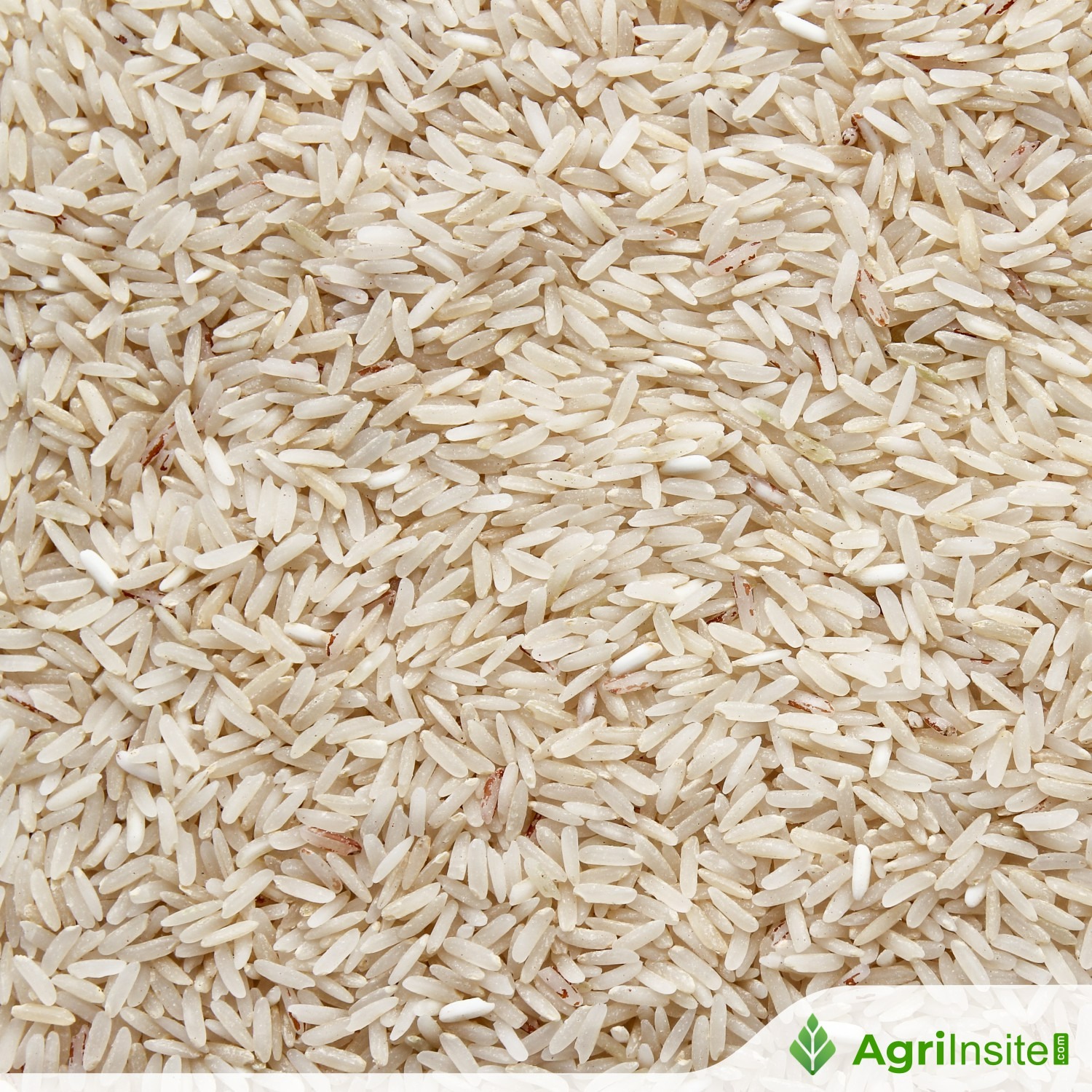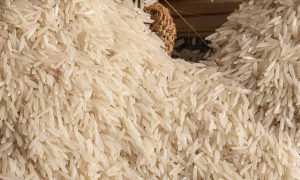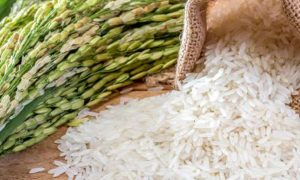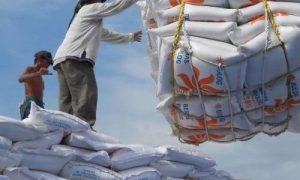Ghana : Time to ban rice imports and establish a National Rice Board

Ghana’s rice sector faces a severe paradox: warehouses are overflowing with unsold grain from recent seasons even as farmers begin planting again. Domestic production has risen to 900,000 MT, but consumption has doubled it, driven by population growth and shifting diets. With self-sufficiency stuck near 50% and imports draining foreign reserves, calls are growing for an import ban and a National Rice Board to stabilise the sector and protect farmers.
Across Ghana’s diverse agricultural landscapes, from the fertile Volta lowlands in the east to the expansive savannas of the Northern Region, the rolling hills of Ashanti, and the coastal plains of Central, a profound paradox grips the nation’s rice farmers. Warehouses nationwide bulge with unsold locally produced rice from the 2024 minor and 2025 major seasons, even as planting for the 2025 minor season begins under uncertain skies. This crisis, well documented by the media, civil society, farmers, and amplified by the Peasant Farmers Association, reveals deep-seated vulnerabilities in Ghana’s rice sector.
Rice, a dietary staple and economic pillar contributing about 15% to Ghana’s Gross Domestic Product (GDP) while employing over 597,500 people along the value chain, sees the country importing one million metric tonnes (MT) in the 2025/26 marketing year, at an estimated cost of $425 to $500 million (extrapolated from 2023’s $342 million for 800,000 MT, per data from the Observatory of Economic Complexity (OEC)). This reliance drains foreign reserves and traps local producers in poverty, despite production spanning all 16 regions of the country.
According to the U.S. Department of Agriculture’s (USDA) 2025 Grain and Feed Annual Report, Ghana’s domestic milled rice production reached 900,000 MT in the 2025/26 period, up 18% from previous years, yet consumption surged to 1.8 million MT, up from 1.75 million MT, driven by a per capita intake of 51.0 kg per annum from 45.0 kg per annum in 2020 among a population of 34.6 million people (i.e., rice consumption is driven by population growth, urbanization, and changing dietary preferences).
This leaves a self-sufficiency ratio hovering around 50%, far from the National Rice Development Strategy’s (NRDS) ambitious target of 72% by 2025, a goal now extended amid ongoing challenges. This situation calls for an immediate ban on foreign rice imports to shield local farmers and the establishment of a National Rice Board to orchestrate sustainable growth. These measures are imperative for economic resilience, job creation, and food sovereignty. As Chamber of Agribusiness Ghana’s (CAG) declaration of an “agricultural emergency” warns of 1.2 million MT unsold grains (rice, maize, and soya) nationwide, the time for half-measures is over. Ghana’s rice future must be homegrown.
To Read more about Rice News continue reading Agriinsite.com
Source : Joy Online














